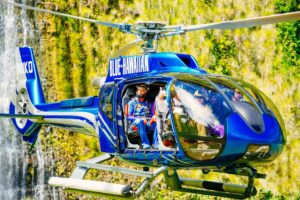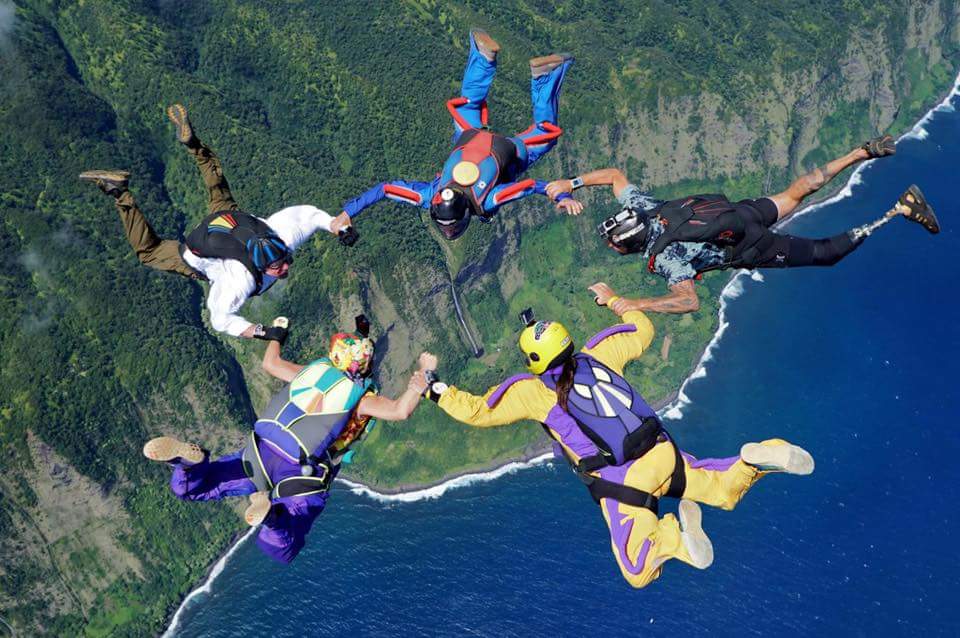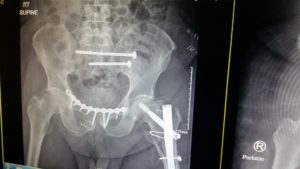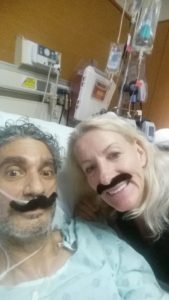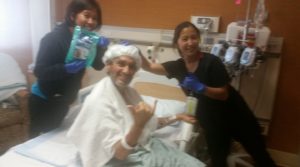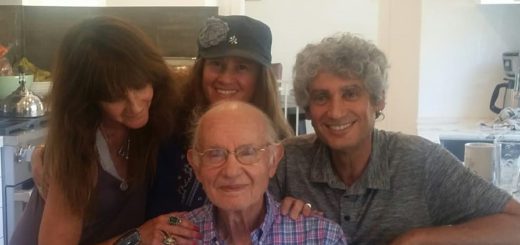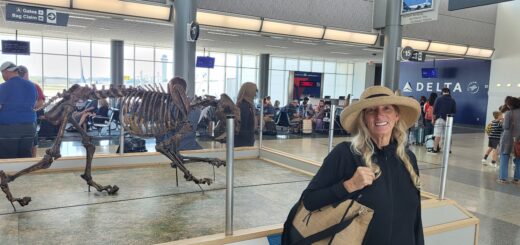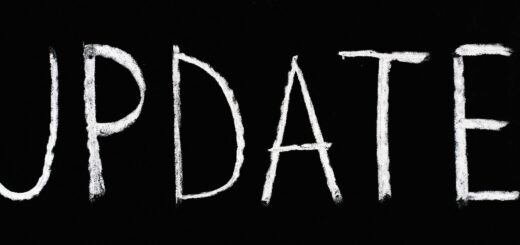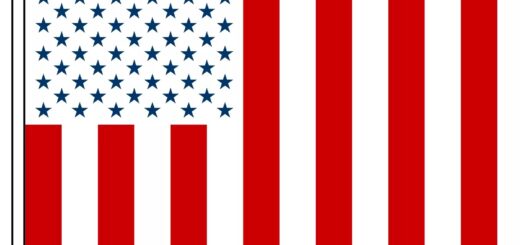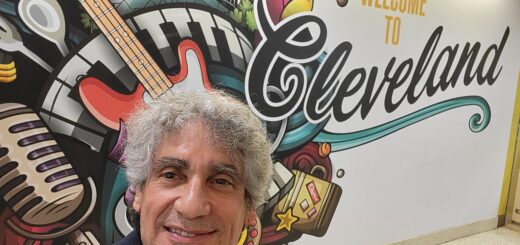How Not to Starve in the Hospital
The Accident
It is 2017, and I had a bad accident, so I’m in hospital for 4 weeks, followed by 3 weeks in inpatient rehab. At least I don’t have to shave, but I need help with everything, and I do mean everything.
I was very lucky to only break things that can heal. I got great first aid, transport to an emergency room, more transport to a level one trauma center, several life-saving surgeries, other surgeries to repair my body, and truly magnificent support from friends present and distant, my now wife Kathryn, and the incredible nurses who took care of me.
So, what happened, you ask? When I tell non-skydivers that it was a skydiving accident, they often ask, “Was it your first jump?” Let me explain. It was not my first jump. I had been skydiving for 20 years, and had made over 1500 skydives. But it was a special, unique jump with added risks. I made an emotional decision at 2500 feet to land in the primary landing area, a very tight target right in front of a beautiful waterfall on the big island of Hawaii. I could—and in retrospect, should—have landed in a much bigger, safer, designated out area. It would have meant not getting the cool photo of me coming in to land in front of the cascade, and a five minute hike back.
I really think I could have made the landing safely. There were five others on the helicopter load, and they all did fine. I knew that one of them planned to open quite high, and that he had a small, fast-descending parachute. That meant, since I opened lower with a bigger, slower canopy, that it was possible for us to interfere with each other. But what were the chances? As it turned out, I was about to turn on final for landing when I saw it would put me in front of him, causing a collision. There was no time to think, or else I might have made a brilliant maneuver called a “flat turn” to gain a little time and land behind him. Or I might have flown straight and gone into some trees I could see, but avoid serious injury. What I did was turn the other way, to the right, hoping to still make the clearing.
For a moment, I thought I had made it. I hit feet first, then I was on the ground. I could not get up, and friends ran toward me to assist. Shock set in very quickly, so I did not feel much pain. I had butterflied my pelvis, broken my left femur, lacerated my bladder and liver, broken my right tibia and fibula, and reduced my right ankle to a pile of dice-sized pieces of bone.
I did not know that I had snagged a tall ‘ohi’a lehua tree. I reasoned it out later, and had it confirmed by a witness and a hole in the leading edge of my canopy. That caused me to land in a standing orientation, but very hard, on a lava rock formation that sloped at a steep angle.
The Hospital
If you’re going to be stupid, you’ve got to be tough. The meaning of life narrows down to recovery from the bodily trauma. With the support of Kathryn and friends, I totally dedicated myself to recovery. Fortunately, this was acceptable to the good people I worked with, and short-term disability insurance replaced the missing income. At first, I could not turn on either side, as the nurses concerned about bed sores wanted me to. Once I learned to get in a wheel chair, with much help, it became a challenge to sit in it a little longer each day. I didn’t have much appetite during most of the hospital stay. Applesauce in four ounce cups became a staple. Then small bowls of hummus.
Pain is weird and unintuitive. When I am in pain, it’s hard to remember ever not being in pain. When I am not in pain, I can remember that I have been in pain, but I cannot really summon up the feeling to re-experience. I had good painkillers in the hospital. This was just before opioids became such a national boogeyman. At first, I had fentanyl and a handy button I could use to take it every 15 minutes. I made it a challenge to go 20 or longer, and knowing it was there reduced the panic that pain might otherwise induce. Later, the button was removed and I was given oxycodone. Still later, that was subbed out for Norco, which, like Vicodin, is hydrocodone (an opioid) with acetaminophen (Tylenol). The difference is that Norco has a smaller proportion of Tylenol, which had come out of favor due to over-exaggeration of its side-effects. Still, distraction can be the best painkiller.
The worst and most humiliating pain I experienced was not from the broken bones or damaged tissues. The nurses told me that opioids cause constipation, and offered a laxative along with the other medicines. It was a grainy powder mixed with water, and not pleasant to drink. I took it at first, but after a while I came to believe that most people need it because they don’t eat enough fiber. I had normal bowel movements, so I stopped taking the laxative. Big mistake! The resulting impacted bowel movement was the worst pain of the whole adventure. The pain of constipation caused by opioids is not relieved noticeably by more opioids. I was humiliated and crying with pain as I begged the nurses to do whatever they could to help. They did, and I am forever grateful.
The whole episode could have been much worse. It helped that I was so healthy when the accident happened. Because I don’t use meds regularly, they work well for me when I need them. And with the help of the nursing staff, occupational, respiratory, and physical therapists, Kathryn, and visiting friends, I tried to be a good patient, grateful and compliant. Since we were there and stuck, so to speak, we made it fun as often as possible.
At one point, I realized they were waking me up in the middle of the night to take pain pills. Since I think sleep is when the most healing happens, I asked them not to do that. I knew I could let them know if the pain woke me, but if I slept through it, all the better. They changed my last evening pain pill to an extended-release Oxycontin, and I started sleeping uninterrupted, more or less.
Some hospitals seem to outsource their food service to McDonald’s or Denny’s. Others, such as Kaiser Permanente, are quite plant-positive. Make your preferences known. A good hospital will have a nutritionist who can work with you to find food you accept that they can provide.
Epilog
I returned to work in February 2018, and to skydiving in April 2018. By mid-2022, I have over 180 skydives since the accident.
